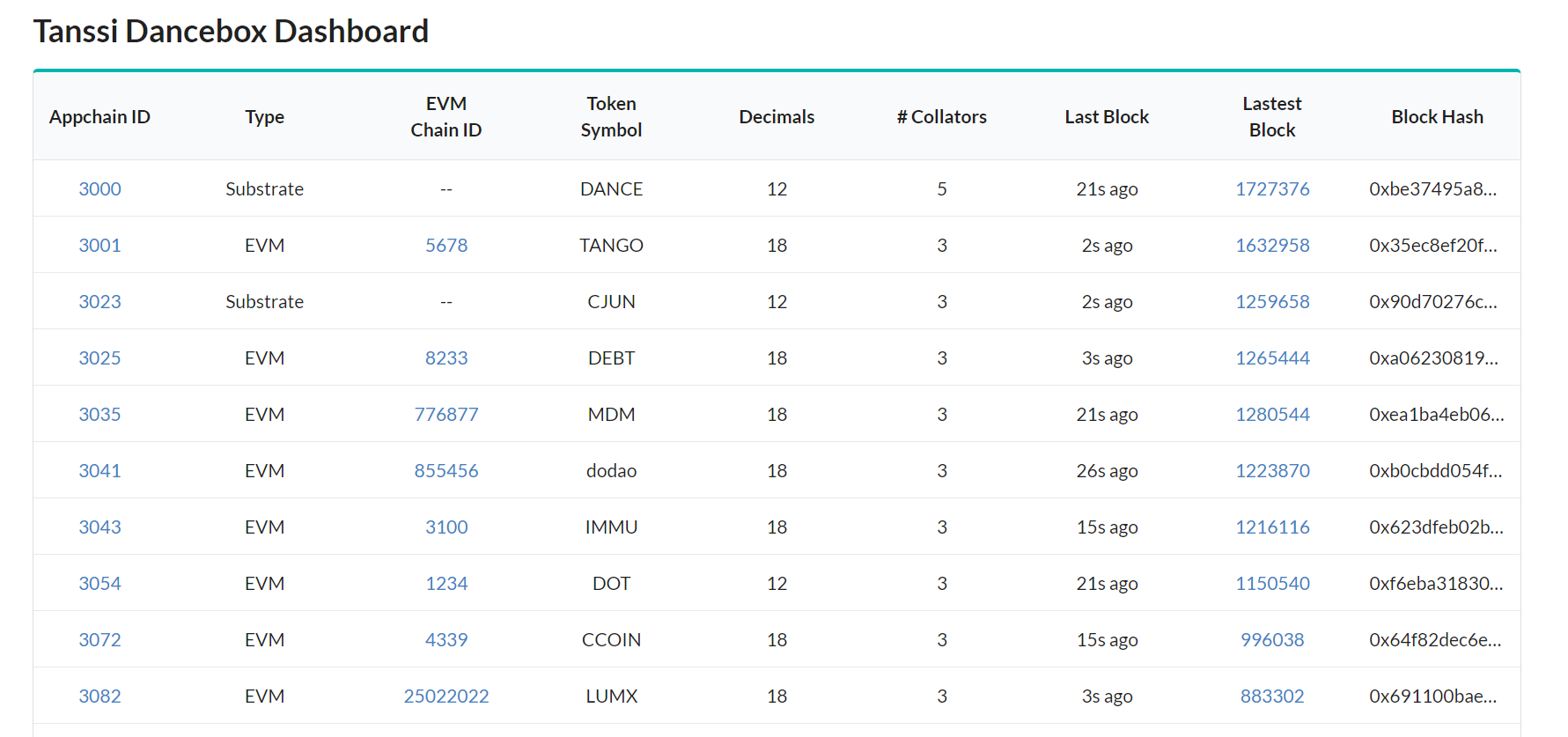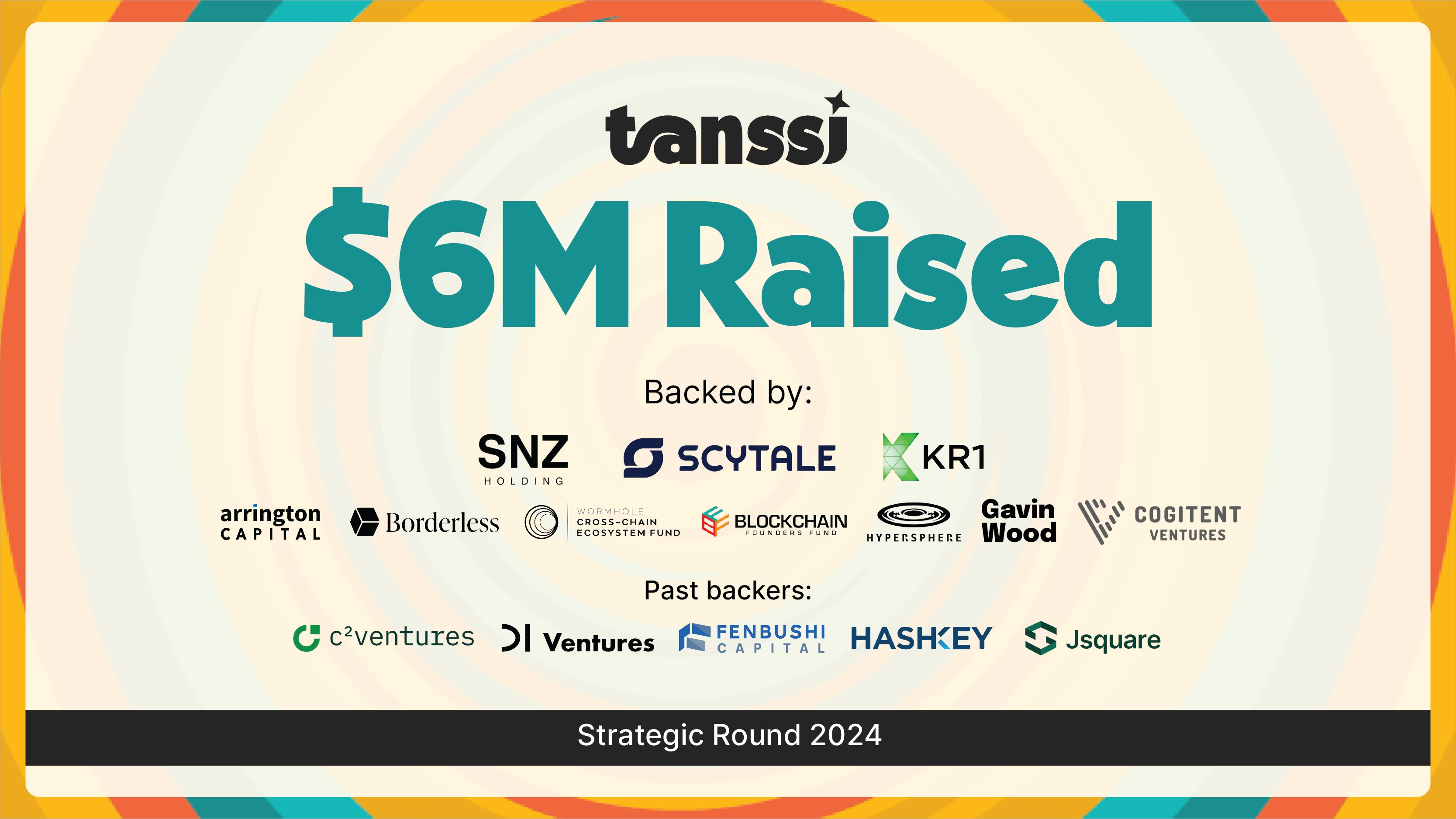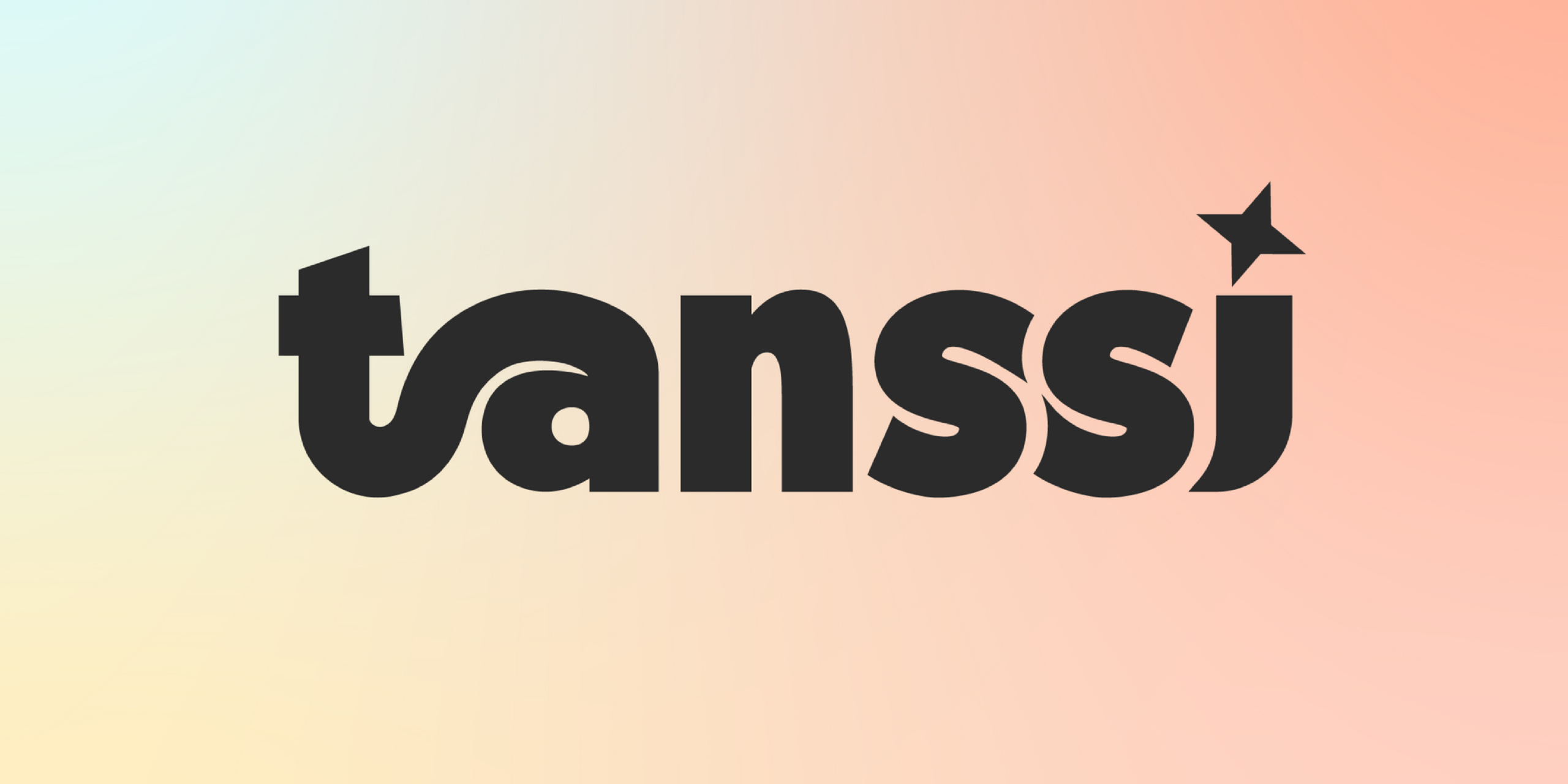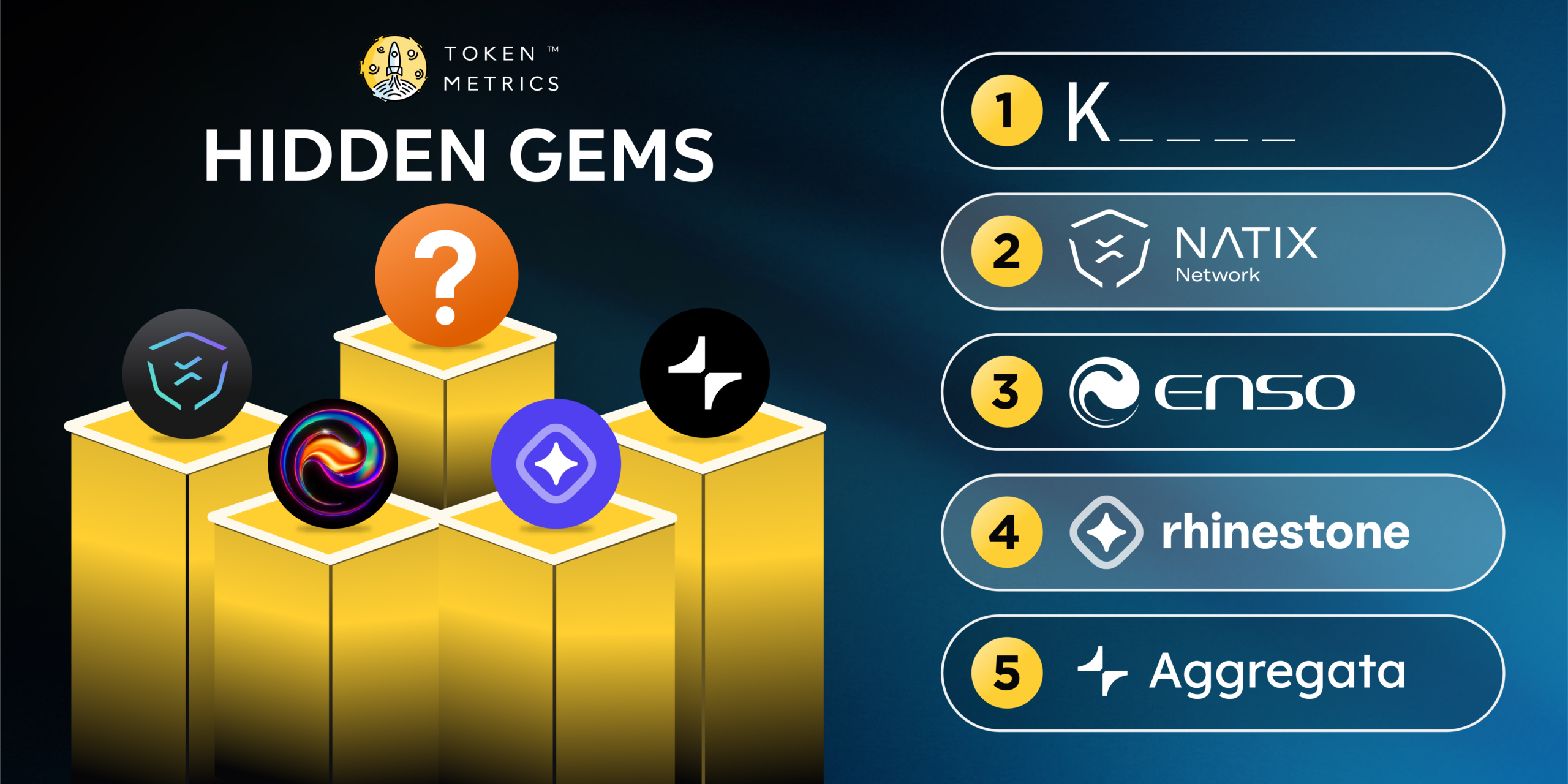Executive Summary
Tanssi is a cutting-edge app chain infrastructure protocol that aims to simplify the deployment process for app chains, addressing key challenges faced by developers in the blockchain industry. One of its primary focuses is security, as it utilizes Polkadot’s shared security model and implements a shared collator set, significantly enhancing the overall security of deployed appchains. Additionally, Tanssi emphasizes efficiency by offering a permissionless and automated deployment process, eliminating the need for off-chain agreements and streamlining developers’ workflows.
About the Project
Vision – To develop a go-to infrastructure protocol for the seamless, efficient, secure, and developer-friendly deployment of appchains.
Problem – Despite their potential to revolutionize various industries, appchain deployment presents a significant hurdle: traditional blockchain implementation is complex and burdened by intricate infrastructure requirements.
Solution – Tanssi, an appchain infrastructure protocol, emerges as a solution to these complexities. Tanssi accomplishes this by offering a permissionless protocol and equipping appchain builders with indispensable tools and services for rapid deployment. As the needed support system, Tanssi enables app chains to be deployed in under an hour, a remarkable improvement compared to the usual months spent wrestling with infrastructure.
By fostering a developer-friendly environment, Tanssi allows creators to shift their focus from infrastructural challenges to fully leveraging the innovative potential of appchains. In doing so, Tanssi paves the way for the next wave of blockchain innovation.
Features
Customizable Infrastructure Tools: Tanssi eliminates the need to spend significant time and resources managing the intricate infrastructure required for blockchain applications by offering customizable infrastructure tools and resources. These include bootstrapping validators, block producers, bridges, RPC services, wallets, indexers, oracles, etc.
Secure Validation: Tanssi offers a multi-layered approach to ensure robust security and liveness for deployed appchains. It achieves that by leveraging Polkadot’s shared security architecture and Tanssi’s shared collator set. Collators are responsible for collecting valid transactions and proposing them for block inclusion. This shared model reduces resource requirements compared to individual validator sets for each appchain.
In-Built Interoperability: Tanssi has native interoperability and cross-chain communication capabilities powered by Polkadot’s innovative XCM (Cross-Consensus Messaging) protocol. This eliminates the complexities of developing cross-chain bridges. Forget the complexities of building and maintaining custom cross-chain bridges. XCM provides a secure and standardized way for app chains deployed on Tanssi to communicate directly with other chains within the Polkadot ecosystem.
Enhanced Automation And Efficiency: Tanssi boasts a permissionless and automated deployment process, eliminating the need for off-chain agreements and streamlining the workflow for developers.
Developer Customizability: Built on the battle-tested Rust-based Substrate framework, Tanssi boasts exceptional performance and is well-suited for demanding blockchain applications. Substrate’s modular nature allows for easy customization of app chain containers. Developers can leverage pre-built pallets as building blocks while tailoring functionalities to their application requirements.
Market Analysis
The blockchain industry is witnessing a surge in the development and adoption of appchains. From a nascent stage in 2020, the appchain market has experienced a staggering 10X growth, signifying its burgeoning importance within the industry. This rapid rise can be attributed to the inherent advantages appchains offer developers.
Parachains in the Cosmos, Polkadot, and Avalanche ecosystems are gaining traction as they empower developers with the flexibility to create specialized blockchains tailored to the specific needs of their applications. DyDx is one of the leading app chains in the industry, with a market capitalization of $1.3B. Other notable app chains include Osmosis ($828B), Acala ($142B), and Litentry ($68M).
The closest competitor would be Dymension, an app chain for the Cosmos ecosystem.
Traction
Tanssi network is currently in its Testnet, where developers can test appchain deployment. Developers can deploy a Snap Appchain for a quick trial, which deprecates after 48 hours, or a Dedicated Appchain for long-term testing. Around 50 appchains with different customizations have already been deployed on the network.

Investors

Team
Tanssi, a project spearheaded by Moondance Labs, is under active development. Moondance Labs, led by co-founder and CEO Francisco Agosti, is dedicated to advancing Tanssi’s development. Katherine Quilca Barcelli is the Co-founder and Chief Marketing Officer (CMO), bringing her expertise to the project’s marketing efforts. Aldin Ademović plays a crucial role as the Chief Product Officer, overseeing the development of Tanssi’s core product. The team boasts extensive experience in successfully developing projects in both Web2 and Web3 spheres, with solid connections to the popular Polkadot para chain Moonbeam.
Conclusion
The appchain industry is booming, driven by the need for scalable and customizable blockchain solutions. However, traditional blockchain development tools must be simplified, hindering faster adoption. Tanssi emerges as a promising solution aiming to streamline appchain deployment by focusing on security, efficiency, and developer friendliness. The project appears robust, supported by a consortium of reputable venture capitalists who have demonstrated confidence in its potential for success.
| Fundamental Analysis | |||||
| Assessment | |||||
| Problem | Significant, long-term problem | 3 | |||
| Solution | Distinct, defensible solution | 3 | |||
| Market Size | Large market, significant growth potential | 3 | |||
| Competitors | Emerging market with few strong competitors | 3 | |||
| Unique Value Proposition | Clear differentiation and value for customers | 3 | |||
| Current Traction | Early traction, user engagement starting to grow | 2 | |||
| Unit Economics | Break-even or slightly positive unit economics | 2 | |||
| Tokenomics | Solid token strategy, aligns with user incentives | 3 | |||
| Product Roadmap | Unclear or unrealistic product roadmap | 1 | |||
| Business Model | Proven business model with clear path to profitability | 3 | |||
| Go-to-Market Strategy | Basic GTM strategy, lacks detail or differentiation | 2 | |||
| Regulatory Risks | Minimal regulatory risk, strong mitigation and adaptability | 4 | |||
| Total | 66.67% | ||||





